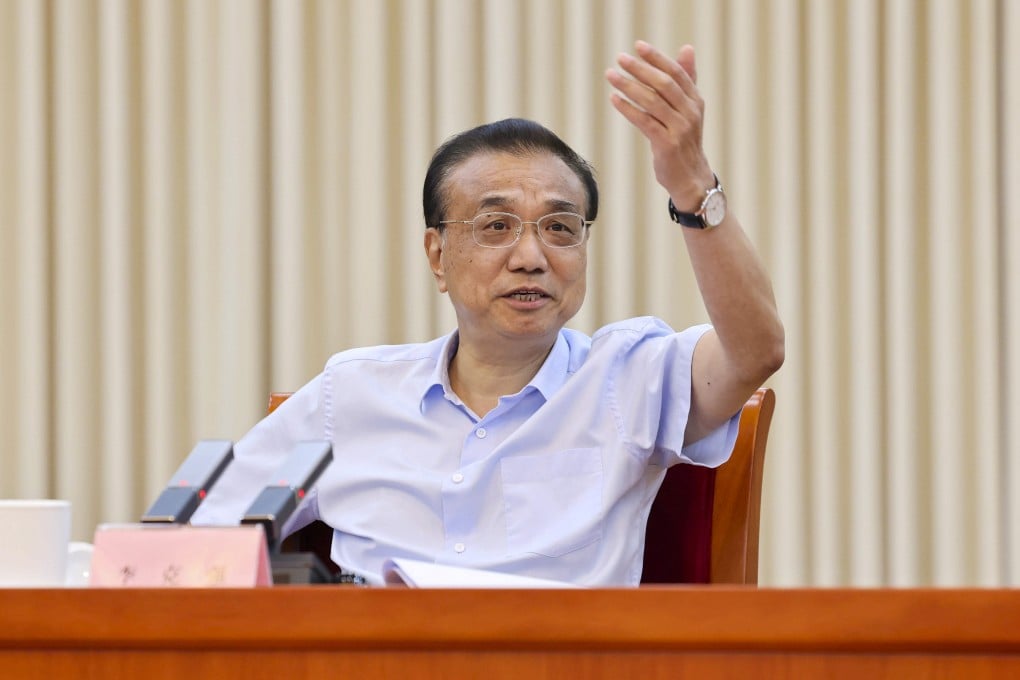China’s coronavirus recovery at ‘critical point’, says Li Keqiang, singling out five regions to carry the economy
- Premier Li Keqiang singled out Shanghai, Guangdong, Jiangsu, Zhejiang and Fujian to lead China’s economic recovery, which is ‘still unstable’
- The provincial-level jurisdictions together account for about one-third of China’s economic output and are a major source of fiscal revenue

Chinese Premier Li Keqiang has told five prosperous coastal provinces that form the backbone of the economy to “exhaust all means” to stabilise production and employment, as the country stands at a “critical point” in economic recovery from the coronavirus pandemic.
Shanghai and southeastern provinces Guangdong, Jiangsu, Zhejiang and Fujian must unclog supply chain bottlenecks and steer the economy back on track as soon as possible, while controlling fresh outbreaks, Li told a symposium on Thursday attended by local officials.
These provincial-level jurisdictions – which together account for about one-third of China’s overall economic output – should continue to do the heavy lifting for national growth and securing fiscal strength, said Li, according to the official Xinhua News Agency.
We should be highly effective when coordinating Covid control and economic and social development
“The foundation for recovery is still unstable, more hard work is needed to stabilise the economy,” Li said at the meeting in Fujian. “Development is the foundation and key to solving all problems in our country.”
“We should be highly effective when coordinating Covid control and economic and social development, while giving play to the initiative of both central and local governments.”
More support measures – especially for infrastructure investment – are forecast for the second half of the year, although the zero-Covid policy is certain to stay in place for the foreseeable future.
The five coastal regions singled out by Li contribute nearly 40 per cent of China’s total fiscal income and about 80 per cent of all localities’ net revenue transferred to the central government, playing a pillar role for the treasury and subsidising poorer central and western Chinese regions.